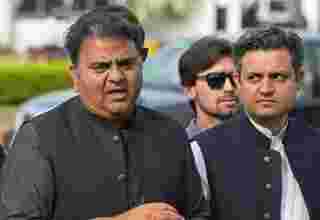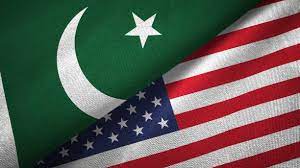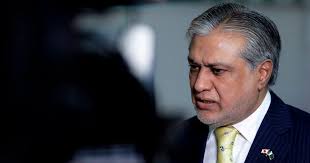ISLAMABAD, May 29(ABC): After removing subsidies from petroleum products, the government is likely to increase the system gas tariff by 40-50% in its continued bid to revive the $6 billion International Monetary (IMF) programme, expecting the revenue requirement determination for the fiscal year 2022-23 by the Oil and Gas Regulatory Authority (OGRA) in June, reported Sunday, citing a senior energy ministry official.
The official said that the gas tariff hike will come into force from July 1, 2022. He said that both the companies responsible for Sui gas supply have faced “huge losses worth Rs550 billion together in the past years”.
“Sui Northern Gas Pipelines Limited is facing a loss of Rs350 billion while Sui Southern Gas Company Limited is facing a loss of Rs200 billion mainly due to no raise in tariff as was required,” the energy ministry official said.
He went on to say that from now onwards, the amended OGRA law in line with the IMF directions will derive the gas tariffs and their implementation.
The IMF has asked the government to ensure from next budgetary year 2022-23 no more losses for both the gas companies because of stagnation of tariff and to implement the amended OGRA law in letter and spirit.
Under the amended OGRA law, the official explained that whenever the oil and gas regulatory authority will determine the revenue requirement for both the companies and accordingly announce the gas tariff, it will automatically be implemented after 40 days if the government does not respond to the determined tariff with any portion of subsidy for various consumers’ categories.
The SNGPL has already sought 66% increase in gas tariff for financial year 2022-23 in its petition and SSGC has asked for an increase in gas tariff by 46%. OGRA may come up with its decision about an increase in tariff by mid-June, 2022 after due diligence of petitions of both gas companies.
“However, we have roughly been told that an increase in tariff may be at 40%, which may go up to 50% by adding 10% increase. The 10% increase will be used to offload the losses of Rs550 billion piled in previous years,” the official said.
“This 10% increase will continue to be part of the future tariffs in the years to come till the losses of gas utilities are not done away with”.
OGRA earlier revised the average tariff for Sui Southern up to Rs670 per MMBTU, but since the revised tariff was not implemented by the ex- government, the gas utility still continued selling the gas at Rs600 per MMBTU. Similarly, the regulator revised the average gas tariff up to Rs829 per MMBTU, but its average sale tariff is still at Rs714 per MMBTU with no raise in sale gas tariff by the government.
The government implements the uniform tariff through subsidy and in case the estimated revenue requirement for financial year 2022-23 and the increase in gas tariff by 40-50% is announced by OGRA and even after 40 days’ lapse, the government does not respond to it in terms of any subsidy, then it will be implemented automatically. Now the question arises as to how OGRA will implement the increase in tariff because it gives the differential tariff for both gas utilities.
The official also said that OGRA may come up with any advice to the government saying some portion of the increase in tariff may be used for reducing the losses of gas companies. To a question, the official said that the government extends the subsidy to the fertilizer sector, special commercial consumers such as roti tandoor and some domestic sector categories.
Currently, the gas tariff for domestic categories is at just Rs121 per MMBTU for the consumers who use 50 cubic meters of gas in one month and Rs300 per MMBTU for those who use 100 cubic meters of gas per month. The consumers who use 200 cubic meters gas pay Rs553 per MMBTU and those who consume 300 cubic meters pay Rs738 per MMBTU and those who utilize 400 cubic meters a month pay Rs1,107 per unit and those who utilize more than 400 cubic meters a month pay Rs1,460 per MMBTU.


































